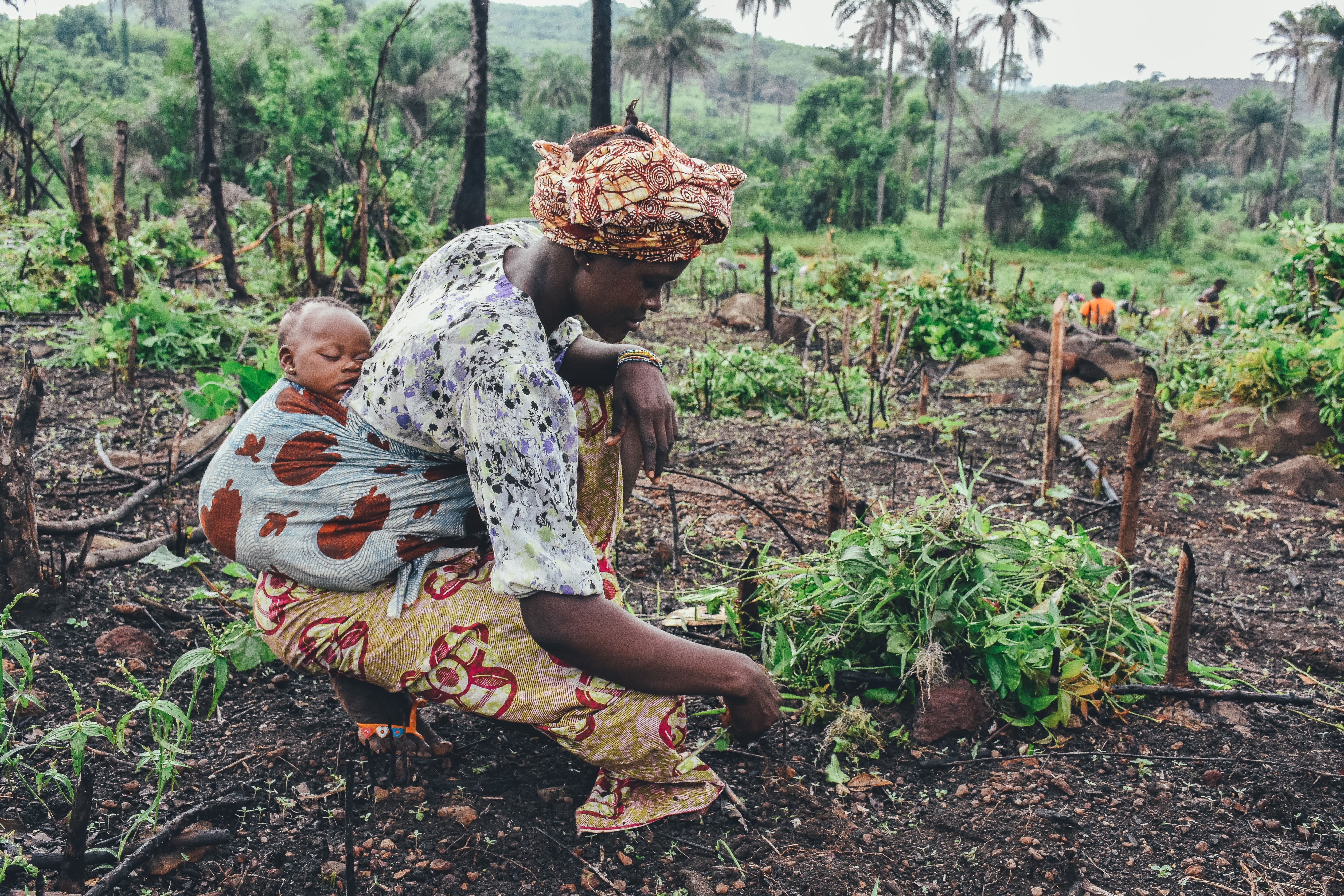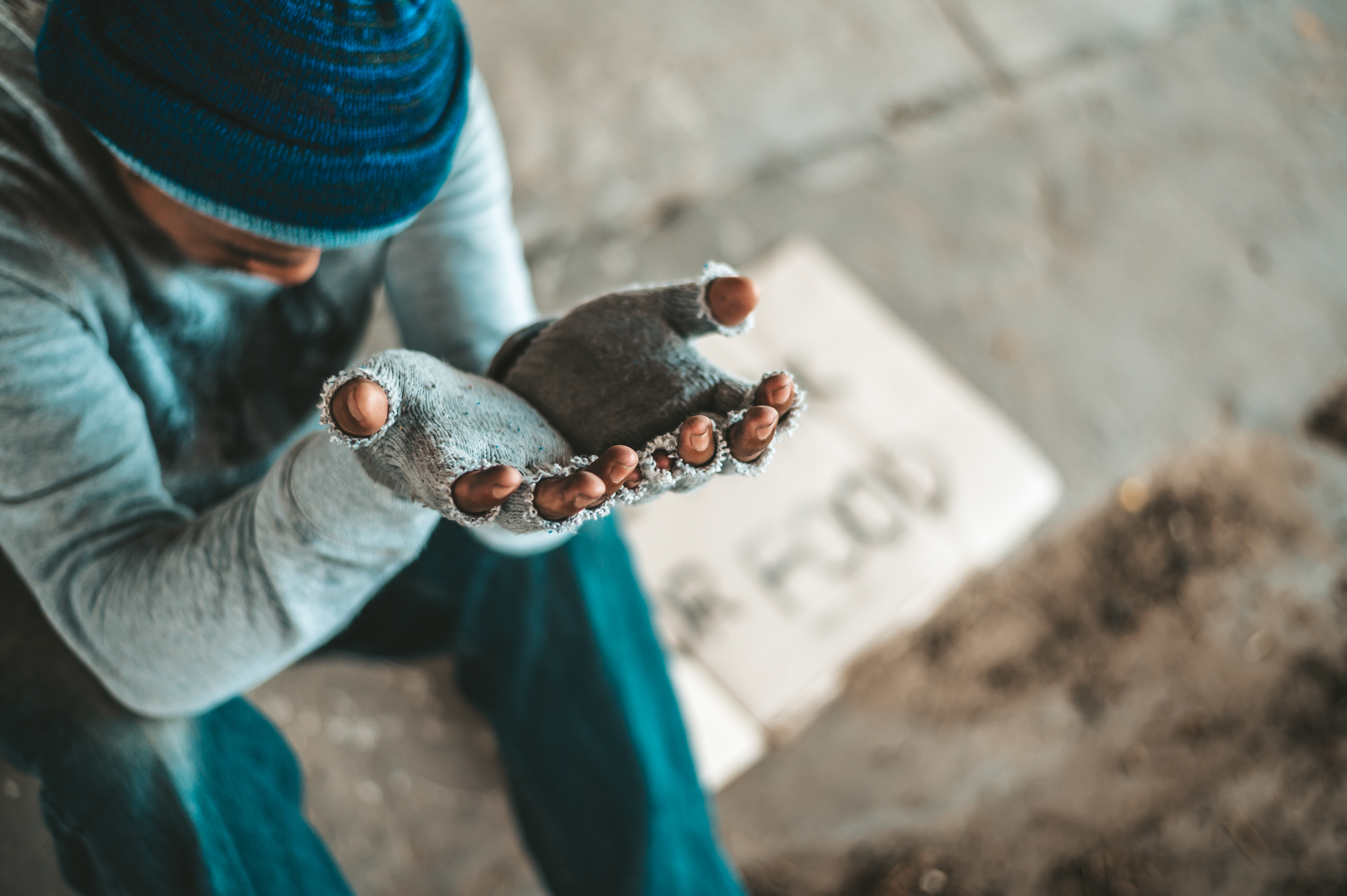
Women are most affected by the climate crisis
When we think about the climate crisis, it immediately comes to our mind: global warming. But aside from this subject, we need to turn our attention to the women who are the most affected people in this worrying scenario.
By Duda Oliveira, for NINJA Collaborative Coverage at COP26
When we think about the climate crisis, it immediately comes to our mind: global warming. But aside from this subject, we need to turn our attention to the women who are the most affected people in this worrying scenario.
With the United Nations Conference on Climate Change getting closer and the demand from civil society for more female representatives in the main spheres of debate on the climate crisis, such as COP-26 itself, talking about gender and climate becomes indispensable.
Realizing that gender was not a common theme addressed in climate agendas, the Climate Observatory launched a community called Gender and Climate, which seeks to deepen the debate on how climate change affects, in different ways, expressions of gender within society’s layers.
To illustrate all the research done, the Gender and Climate community launched an infographic in July 2021, which visually explains the main questions regarding the subject. The infographic was created based on discussions since 2020 and includes topics such as race and class, in addition to bringing information on female collaborations to advance the containment of the climate crisis.

Source: Working Group on Gender and Climate, composed of members of the Climate Observatory and guests
The infographic shows that climate change disproportionately affects girls and women, such as quilombolas, black women, indigenous people, women from the outskirts, heads of families, the poors, transsexuals and family farmers.
Eventhough women are already contributing to the fight against the climate crisis, they are little recognized for that. Some contributions mentioned in the infographic are income diversification, guarantee of food security, protection of biodiversity, preservation of traditional knowledge, restoration of forests, innovation and entrepreneurship, work in agroecology and solidarity economy, defense of their territories and guarantee of water security.
The infographic also indicates that women are underrepresented in spaces where the decisions that most affect their lives are taken, such as in large construction projects, mining, environmental policy, land rights, urban planning and mobility, science, law to housing and in international forums on climate change.
Reproductive health
As if all the social issues were not enough to relate climate to the gender agenda, reproductive health has also become a concern, especially for those who live in the vicinity of soy plantations. In mid-2018, some complaints began to appear, relating the most used pesticide in Brazil – glyphosate – to abortion processes, neonatal deaths and even contamination of human milk in people who lived near the land where the pesticide was used.
In September 2018, the news agency The Intercept Brasil brought accusations about contamination by glyphosate in Uruçuí, in the south of the state of Piauí, a region where the pesticide is used in corn and soybean plantations. The complaint mentions miscarriages, late abortions, malformation of the fetus, contamination of human milk, low weight gain in babies, passive poisoning of women by pesticides and other labor issues.
In September 2020, the Spanish newspaper El País produced an article with other complaints about the use of glyphosate since 1998, but this time, in southern Colombia. The complaints include abortions, and late abortions, premature births, neonatal death, maternal death and sequelae due to contamination with pesticides.
The glyphosate example is one among hundreds of other examples of problems women face due to agribusiness and climate crises. It is expected that the situation of female empowerment around the world will also be the focus of debate at the COP26. By the way, the organization accepted the request for more women to occupy spaces of speech at the event.


